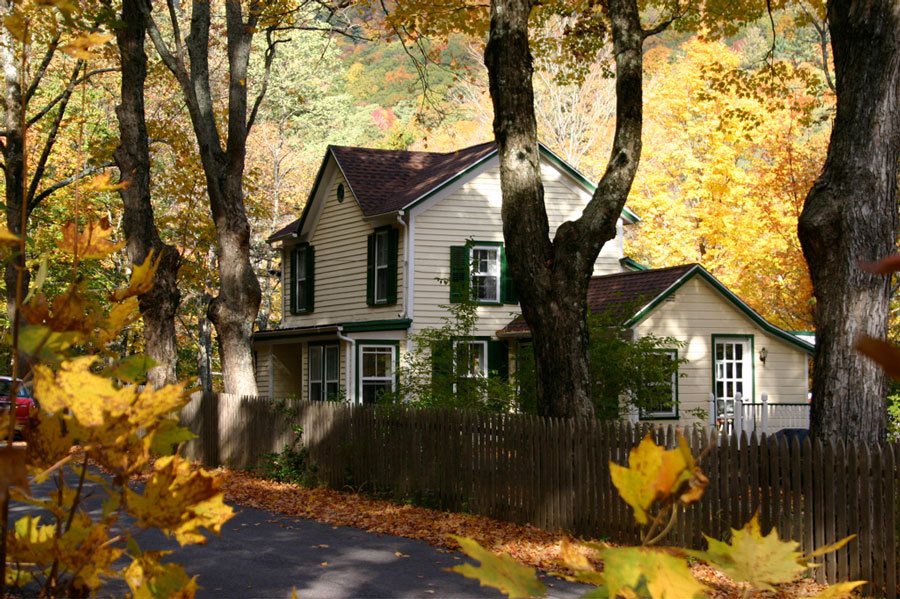
By Gail Johnson | Pay Day
Homeowners looking to do renovations need to do their homework when it comes to hiring a contractor. You know the drill: ask around for recommendations, pore over photos of a company’s past projects, check references, and shop around to see how competitive their rates are. But all too often people overlook a crucial factor: insurance.
“If the contractor falls off a ladder [on your property] and they’re not properly insured or if they’re not covered by worker’s compensation, then you’re liable and you could have a big bill on your hands,” says Bob de Wit, CEO of the Greater Vancouver Home Builders' Association. “It can be huge.
“If something awful happens,” he adds, “you’re out of luck.”
Although insurance is often the last thing on a homeowner's mind when planning that new kitchen or an addition, they need to ensure they’re covered for injury, damage, or theft throughout the renovations. For instance, who covers the cost if someone swipes your new cabinets or fixtures waiting onsite to be installed? What happens if the workers end up smashing your neighbour’s window? And as de Wit points out, what if a worker breaks his neck tripping over a cord?
According to the Canadian Homebuilders Association, renovators should carry commercial general liability insurance, usually with a minimum of $1 million, although they may carry more. Besides covering bodily injury, it also provides coverage in the event of damage to your home or neighbouring properties as a result of renovation activity.
“Ask the renovator for proof of liability insurance and for proof of workers' compensation for employees of the company,” de Wit says, meaning get your hands on a hard copy rather than just taking someone’s word for it.
It’s also a good idea to look into your own home insurance policy. Typically, a policy is based on "regular usage of the home", but renovations could be considered an "extraordinary" event that may fall outside your current plan agreement.
Plus, a major renovation could increase the value of your home, which would mean changes (and an increase) to your plan.
If you plan on being your own contractor and hiring employees to carry out the work, the CHBA suggests you read the fine print on your home insurance policy. Many plans have a standard exclusion related to professional liability, and you might have to arrange for additional coverage for your renos in case someone gets injured on your project.
Then there are permits. “If it’s a significant renovation, it requires permits from the city,” de Wit says. “If the contractor doesn’t get the permit, and, say the house burns down because the wiring is bad, potentially you may not have insurance for that either.”
Liens are another factor to be aware of. Suppliers or subcontractors may have the right to register a lien on your property if they’re not paid for their work or materials. (A lien is a notice claiming a right to be paid from the value of your property.)
Look for contractors who have professional certifications and memberships in credible associations, de Wit suggests. He points to RenoMark as an example: members follow a code of conduct and ethics, provide warranties, are members of their local home builders’ association, and have legitimate business licences (as opposed to doing work under the table).
Another tip? Get a detailed written contract as opposed to a verbal agreement. Oh, and as anyone who’s been through renos themselves will tell you, count on the project taking longer than anticipated and likely costing more.


